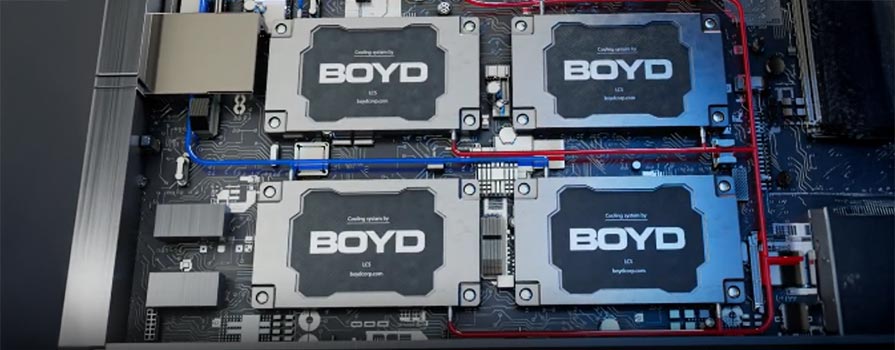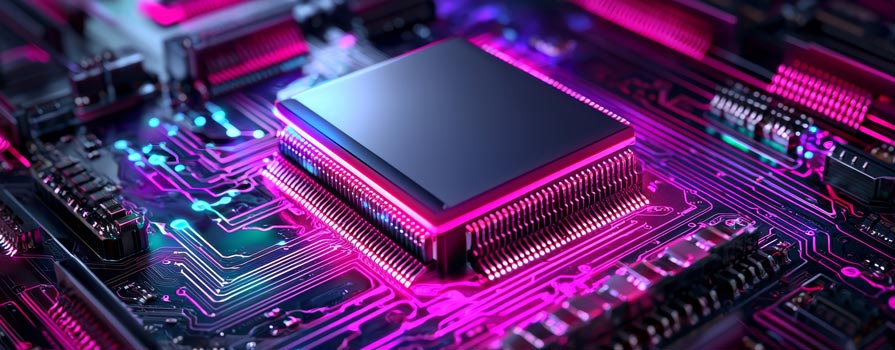When a gas is compressed its temperature increases. Conversely, when it is expanded its temperature decreases. This is one of the ramifications of the First Law of Thermodynamics.
The temperature of a pure liquid remains constant as it boils or condenses. If you measure the temperature of water as it boils, the temperature remains constant at 212°F or 100°C as long as liquid water is present. When gases are condensed the system temperature remains constant until all the gas converts to a liquid.

A significant amount of energy is required for a fluid to undergo phase change. More energy is needed to completely boil a given amount of water than to take that same quantity of water from 32°F to 211°F. This means that a significant amount of energy can be stored and then released just during a phase change.
The Refrigeration Cycle
The refrigeration cycle is a continuous process. Refrigerant moves from the compressor to the condenser, through a metering device, to an evaporator, and then the cycle repeats (see figure 1).
The compressor receives low pressure gas from the evaporator and converts it to high pressure gas through compression, as the name states. As the gas is compressed, the temperature rises.
The hot refrigerant gas then flows to the condenser. The condenser is a heat exchanger that uses a colder fluid, typically ambient air, to cool the refrigerant. As refrigerant flows through this heat exchanger it condenses to a hot liquid. Liquid refrigerant exits the condenser and flows to the system’s metering device.
The metering device can be an expansion valve or a capillary tube and is used to create a pressure drop. As mentioned earlier, the temperature and boiling point of liquids decrease as the pressure decreases. Some refrigerant liquid vaporizes and the temperature of the liquid-gas mixture drops. The cool refrigerant then flows to the evaporator.
The evaporator is another heat exchanger that allows heat to move between the heat source and the refrigerant. In a chiller the heat source is the cooling fluid which flows into your equipment. The refrigerant enters the evaporator as a low temperature gas-liquid mixture. By design the temperature of the heat source is always higher than the refrigerant’s boiling point. In the evaporator the refrigerant vaporizes as it absorbs heat from the heat source. The refrigerant’s temperature remains constant as it vaporizes. The refrigerant then exits the evaporator as a gas, enters the compressor and the cycle starts again.






